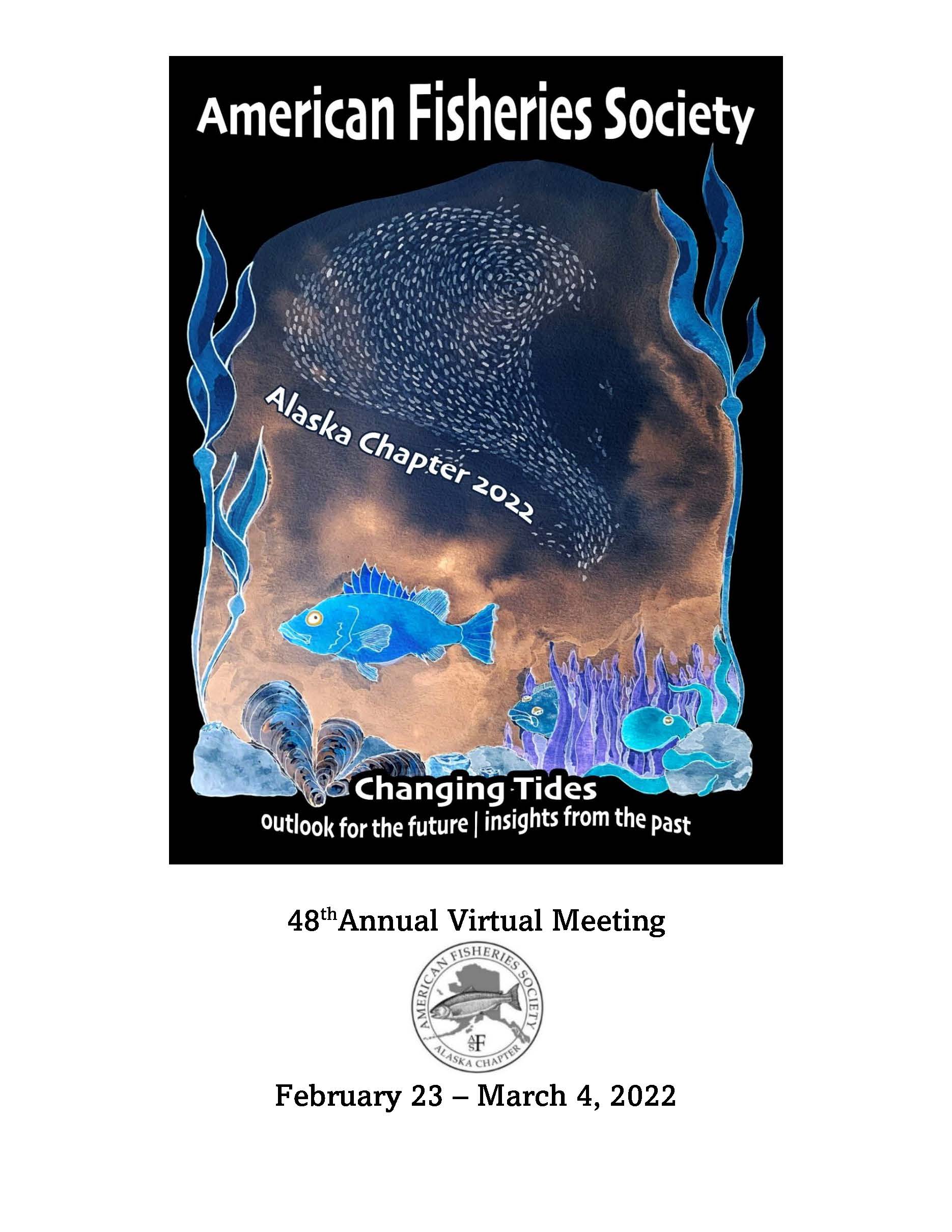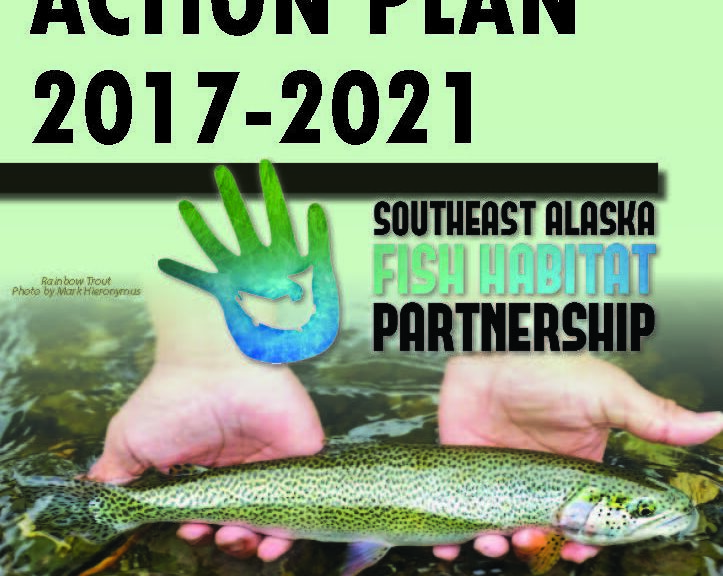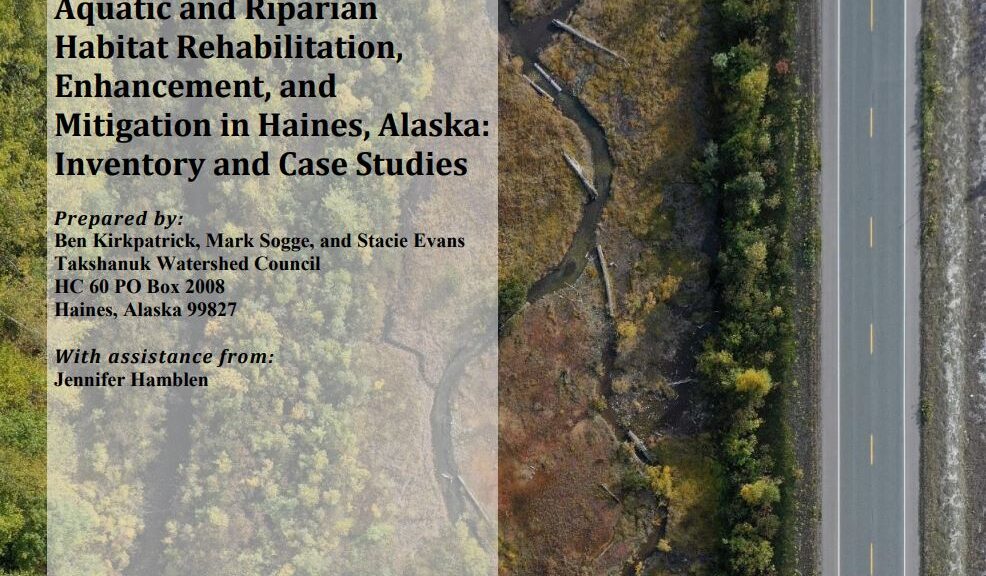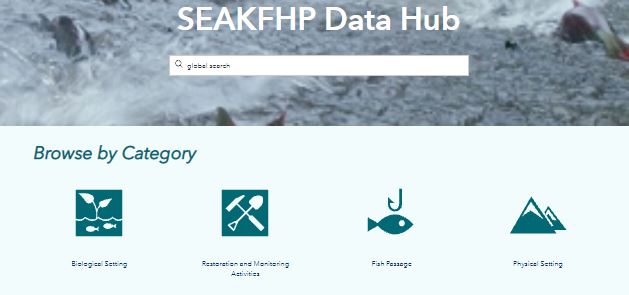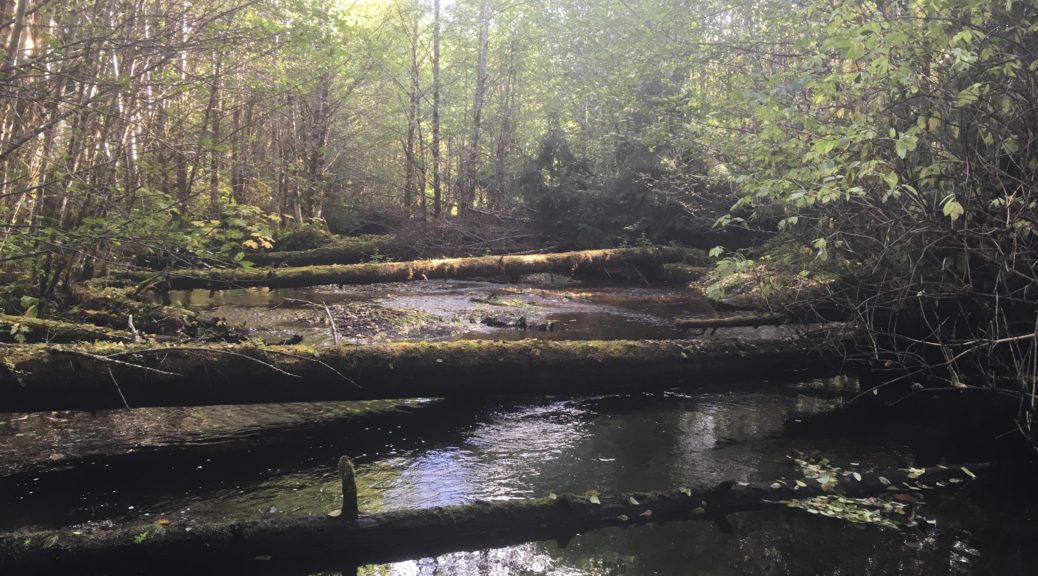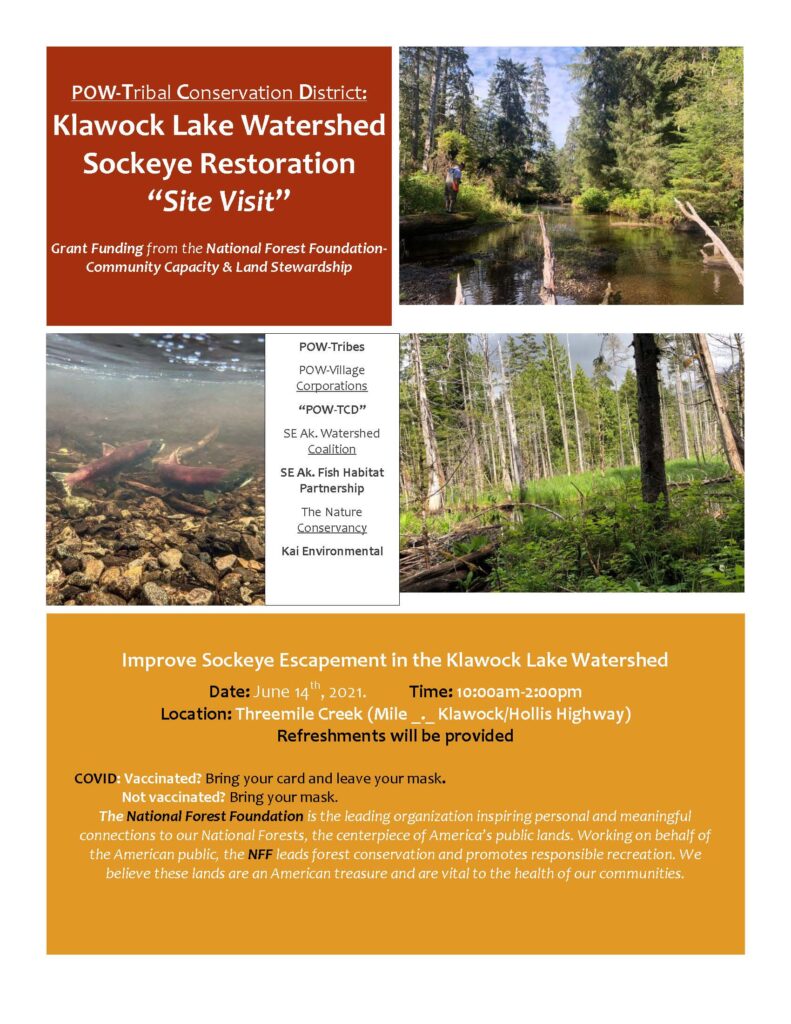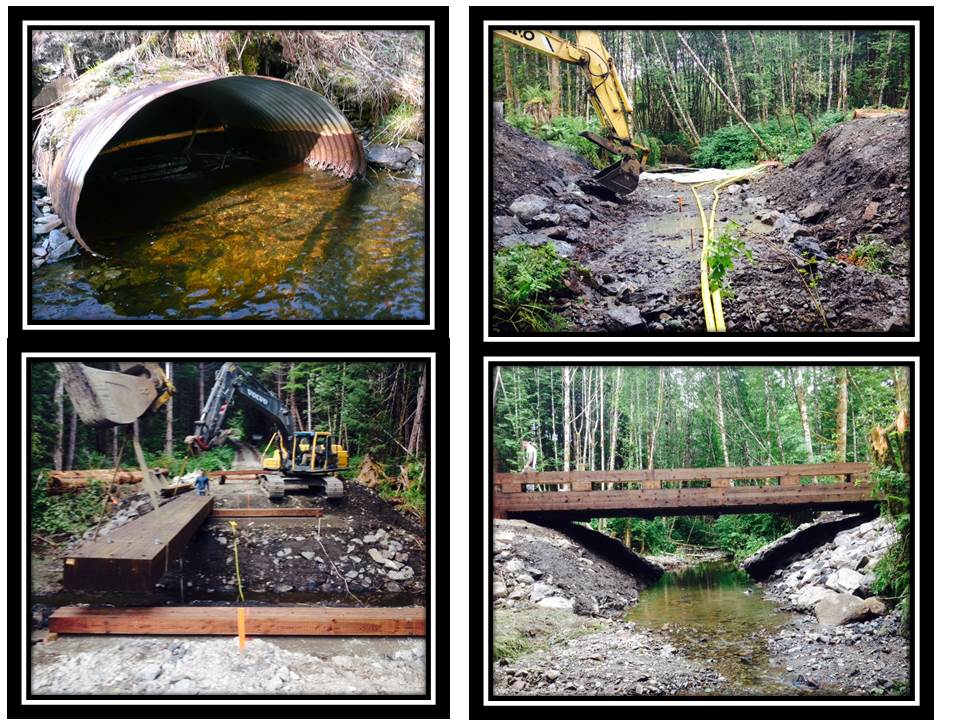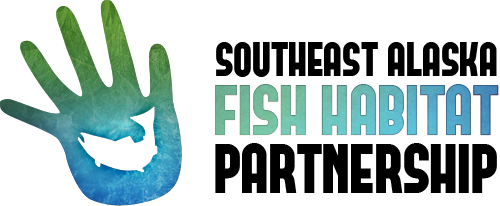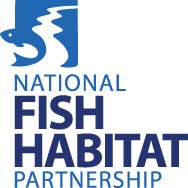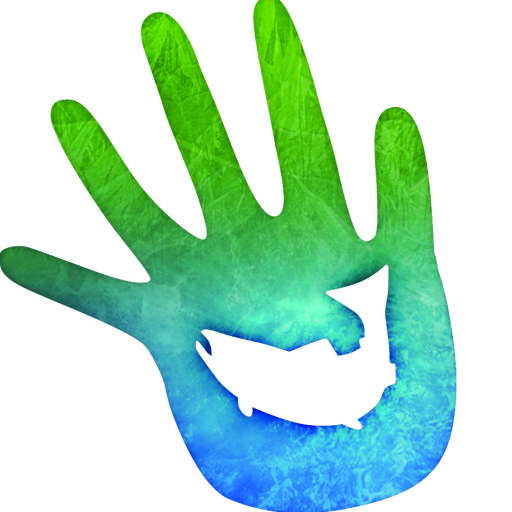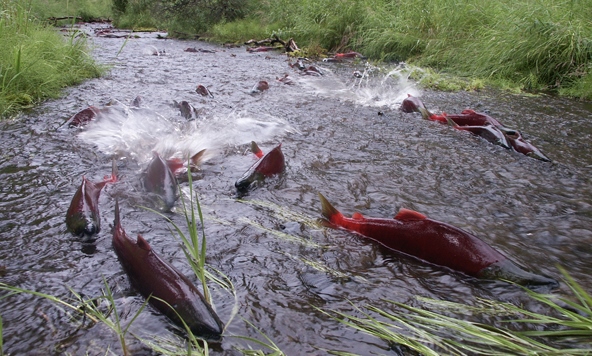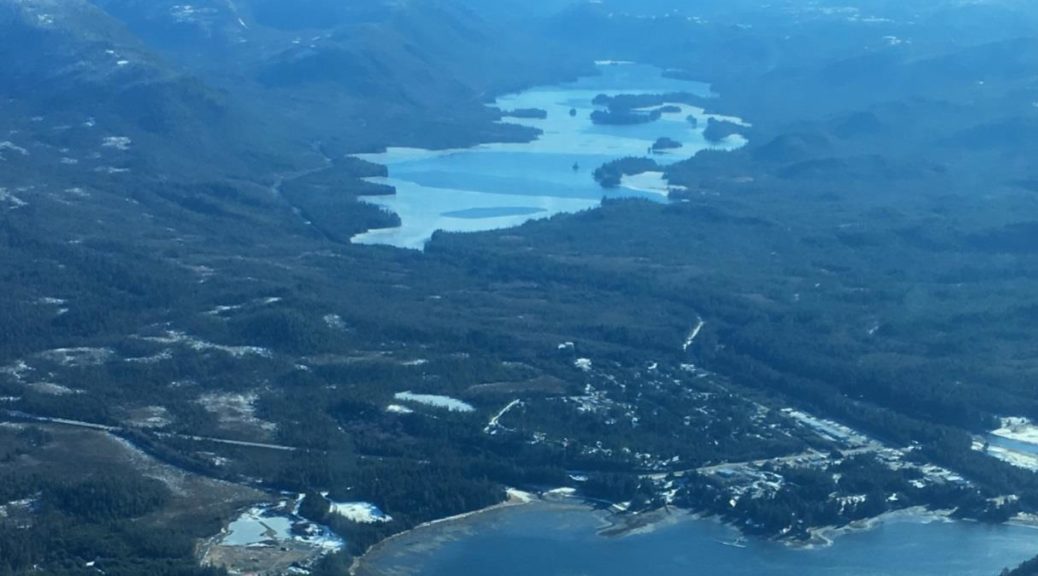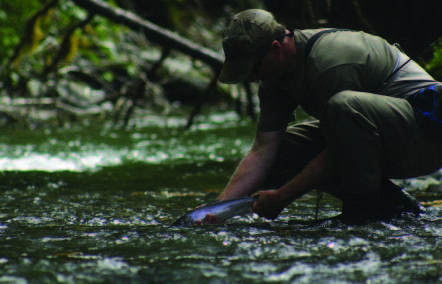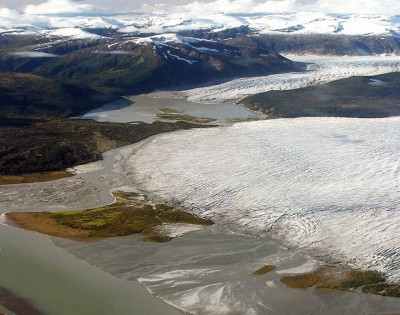
Changing Tides: Outlook for the future | Insights from the past
AFS Alaska Chapter Film Festival
Date: Monday, February 28, 7:00 PM – 8:30 PM
Host: Southeast Alaska Fish Habitat Partnership, coordinator@sealaskafishhabitat.org
Description: Sharing what we are learning through the use of film continues to be an exceptional way to communicate advances in science and fisheries management, showcase ways communities are engaging in local fisheries and stewardship efforts, and capture the beauty and diversity of fish across Alaska. To accompany this year’s AFS Alaska Chapter meeting we are hosting a film festival inspired by this year’s meeting title: Changing Tides – Outlook for the Future | Insights from the Past. In addition to films that highlight the work of our membership, we will share films that capture a historical perspective of fish use in Alaska and highlight advances made in learning from the past to advance how we expand knowledge of our fisheries resources and manage for a vibrant future.
Grab some popcorn, sit back, and enjoy!!!!
Films Include:
Science Through an Indigenous Lens
Contributed by: Court Pegus, AFS Alaska Student Member: ccpegus@alaska.edu (UAF College of Rural and Community Development, Kuskokwim Campus and Orutsararmiut Native Council)
Brief film description: Several authors report that teaching styles which frame Western learning concepts in a cultural context are an effective means to engage Indigenous students in a STEM (Science, Technology, Engineering, and Mathematics) focused educational curriculum. Native Hawaiian children and Alaska Native rural middle school students were observed to perform better on subjects in which teaching methods incorporated principles of cultural congruence. Alaska Native students are the smallest demographic of students enrolled in college and represent approximately 250,000 of the 19 million college students attending schools in the United States and experience some of the highest dropout rates. This pattern prevails throughout all stages of the educational process (kindergarten-college) in almost all public schools in Alaska. Educational ceilings faced by Alaska Native youth hinder advancement to college and reduce opportunities to pursue research careers. The COVID-19 pandemic global outbreak has spread worldwide within the last two years creating observable changes to social practices including teaching customs within a relatively short time scale. In response to this deadly virus, many educational institutes have shifted teaching practices from face-to-face education to remote learning. While live-stream class sessions can be an efficient means of lecturing to large groups of widely dispersed students, this teaching style may not ensure adequate inclusion of physical or cultural activities to enhance the learning experience. It remains unclear how this new digitally-based format of teaching will be perceived by non-traditional and Indigenous students. As a collaborative effort, The Orutsararmiut Native Council and the University of Alaska Fairbanks hosted a science summer course to a diverse cohort of Native students. Course work focused on marine science and STEM education using teaching styles that included face-to-face education as well as remote learning (ZOOM classes). This short documentary presented captures teaching styles that contextualize STEM in a culturally relevant frame of reference and provide an outline and guide for other educators that teach in rural communities. A follow-up study from this effort will examine the instructor’s perceptions of student’s responses to the two forms of teaching styles as well as challenges associated with placing teaching activities in a cultural framework.
Video length: 18 min 46 sec
URL for online viewing: https://youtu.be/qZx_-ZIjuCs
Yukon River Chinook Salmon Project
Contributed by: Katharine Miller, NOAA, katharine.miller@noaa.gov, 907-523-8991
Brief film description: Along the Yukon River, NOAA, Alaska DF&G, the Yukon Delta Fisheries Development Association, and local fishermen have collaborated to study Chinook salmon for years. In 2020, the pandemic shut down these efforts, so the local communities initiated a citizen science project to fill the gap. There is also a web-story that goes along with this: https://www.fisheries.noaa.gov/feature-story/community-steps-continue-yukon-river-salmon-research-during-pandemic
Video length: 4 min 17 sec
URL for online viewing: https://videos.fisheries.noaa.gov/detail/video/6254648895001/yukon-river-chinook-salmon-project
Mosaic – The Salmon Wilderness of Bristol Bay, Alaska
Contributed by: Daniel Schindler, Jason Ching, and Chris Boatright; University of Washington – Alaska Salmon Program; cboat@uw.edu, 206-930-8979
Brief Film Description: The film highlights the connection between habitat and the long term stability of Bristol Bay’s salmon populations and fisheries productivity.
Video Length: 10min 27sec
URL for online viewing: https://vimeo.com/637271167
*Alaska Ecosystem Status Report a Collaborative Approach to Inform Fishery Management
Contributed by: Jonny Antoni, FeelReel Films: Jonantoni02@gmail.com, 909-605-3539
Brief Film Description: A look inside the development of Alaska’s Ecosystem Status Report.
Video Length: 5 min
URL for online viewing: https://players.brightcove.net/659677166001/4b3c8a9e-7bf7-43dd-b693-2614cc1ed6b7_default/index.html?videoId=6287018070001
*2020 Gulf of Alaska Ecosystem Status Report
Contributed by: Jonny Antoni, FeelReel Films: Jonantoni02@gmail.com, (909)605-3539
Brief Film Description: A video describing the Status of the Gulf of Alaska Ecosystem in 2020
Video Length: 8min 12 sec
URL for online viewing: https://www.fisheries.noaa.gov/media-release/noaa-fisheries-releases-new-video-looking-environmental-conditions-gulf-alaska-2020
*Both videos can be found on the Ecosystem Status Report webpage. This web page also contains the actual Ecosystem Status Reports and In Briefs for the three LME’s of Alaska.
The Coast Between
Contributed by: Jonny Antoni, FeelReel Films: Jonantoni02@gmail.com, (909)605-3539
Brief Film Description: The Alaska coastal rainforest center teams up with organizations around the world to understand the incredible forest of and ecosystems of the Pacific Northwest.
Video Length: 5 min
URL for online viewing: https://youtu.be/fG1uhB3qCz0
Shoreline Wild Salmon
Contributed by: Jonny Antoni, FeelReel Films: Jonantoni02@gmail.com, (909)605-3539
Brief Film Description: A glimpse into the troll fishery.
Video Length: 3min 40sec
URL for online viewing: https://youtu.be/9OEcxinVXkg
Why Restoration? Fish. People. The Future.
Contributed by: Ian Johnson, Hoonah Native Forest Partnership: ian.johnson@hiatribe.org
Brief Film Description: Community Forests and locally driven workforce are the crux of the Hoonah Native Forest Partnership. This video dives into why stream restoration is needed and how its linked to maintaining healthy fish, people and communities.
Video Length: 11min 34sec
URL for online viewing: https://www.youtube.com/watch?v=nfff4CcHfIc&t=6s
On the Water with the Southeast Alaska Watershed Coalition and the Youth Conservation Corps in Cube Cove
Contributed by: Khrystl Brouillette, Southeast Alaska Watershed Coalition, khrystl@sawc.org
Brief Film Description: During the summer of 2021, a team from the Southeast Alaska Watershed Coalition (SAWC) worked with the Angoon Youth Conservation Corps (YCC) to remove a culvert from a remote area on Admiralty Island. This fantastic group of youths did a lot of work, alongside SAWC staff, to dig, carry, saw, and finally, remove a culvert that was blocking fish passage near Cube Cove. This project is part of a larger initiative to improve fish habitat across Admiralty Island.
Video Length: 3min 42sec
URL for online viewing: https://vimeo.com/629287158

